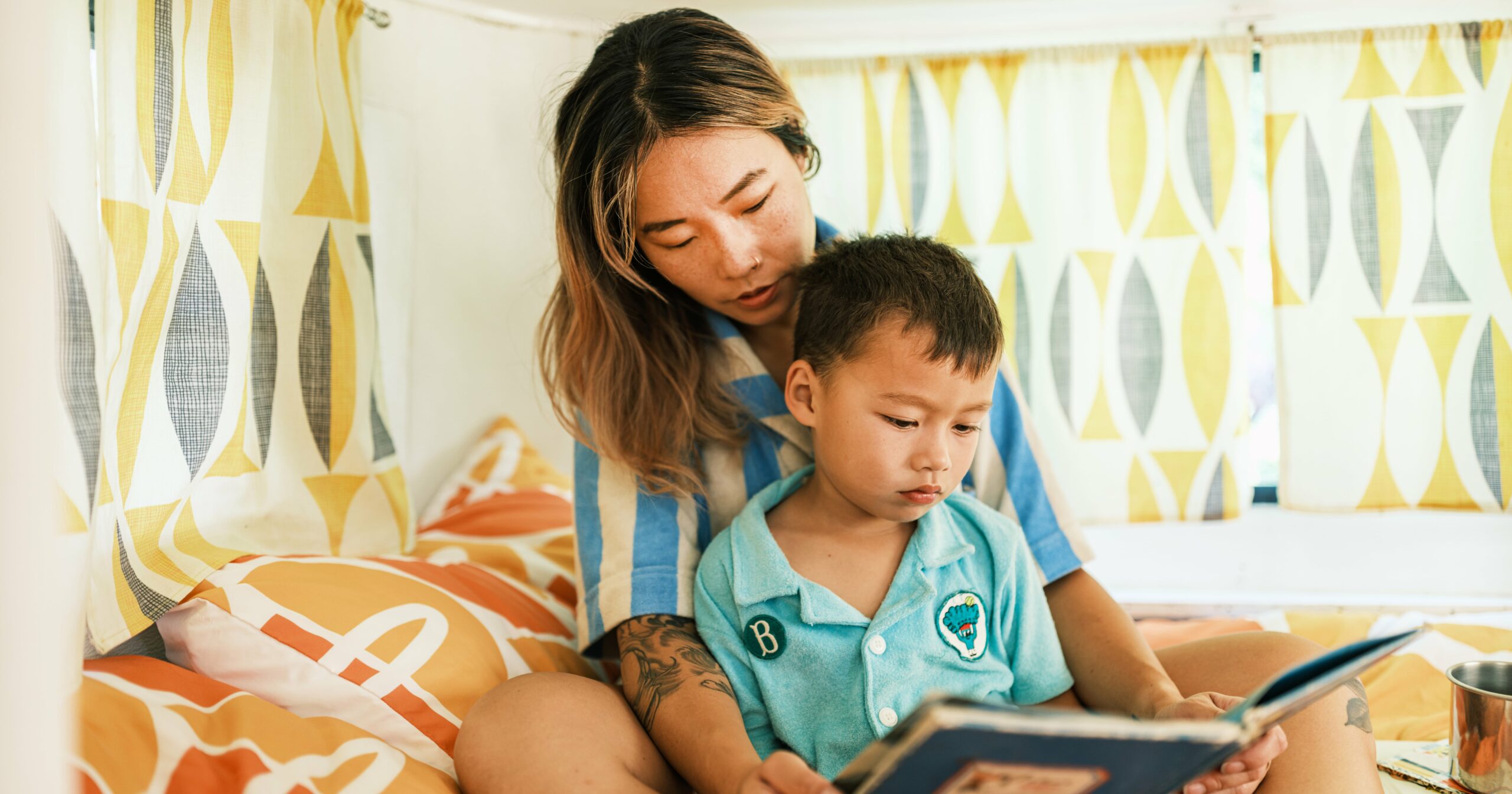While many divorced or separated parents try their best to co-parent, it’s not always the most effective form of parenting. After all, co-parenting requires a lot of healthy communication and cooperation, which isn’t always possible for high-conflict situations. When this is the case, parallel parenting can sometimes be a healthier solution.
Parallel parenting is a parenting style used by both parents to remain actively involved in their children’s lives without needing to communicate. “Parallel parenting allows each parent to make decisions and parent independently when the children are in their care,” Mary Lawrence, LCSW, clinical director at Acera Health, says.
While parallel parenting can be an option for some parents, there are also some downsides to this parenting style as well. Below, parenting experts expand on what parallel parenting is and how it differs from co-parenting.
What Is Parallel Parenting?
To understand parallel parenting, it’s helpful to visualize two parallel lines: they extend in the same direction, but they also never intersect with each other. This is how parallel parenting works.
“Parallel parenting allows each parent to have their own separate parenting time with minimal interaction with the other parent,” psychotherapist Gary Tucker says. “This method minimizes direct contact, typically relying on written communication for essential exchanges about the children’s welfare, thus reducing opportunities for conflict.”
This parenting style is best for parents who can’t healthily communicate with each other, as it can help reduce conflict and create a more stable environment for children, Lawrence says. For example, one parent may allow their child to have a sleepover with a friend without consulting the other parent. Ultimately, the parents agree to “trust that the other parent will make decisions that are in the best interest of their child during their time together,” Lawrence adds.
Parallel Parenting vs. Co-parenting
The difference between co-parenting and parallel parenting is the amount of communication involved. Co-parenting requires more of a “collaborative effort to raise the children,” Tucker says. This typically involves day-to-day communication and joint decision making.” With parallel parenting, however, the decisions fall exclusively on the parent who is watching the child at the time. “It limits direct communication to reduce conflicts,” Tucker adds.
This isn’t to say parallel parenting requires zero communication. “It is still important for parallel parents to keep each other informed about any significant events or changes in the children’s lives, such as medical appointments or school deadlines,” Lawrence adds.
The Downside of Parallel Parenting
Parallel parenting is a great solution for parents who can’t communicate with each other, but it could also negatively affect little ones. While it’s true that the children will experience less conflict between their parents, which is always a good thing, “they may also miss out on seeing their parents work together and interact positively,” Lawrence says.
Parallel parenting could also lead to confusion. Children might wonder why their parents can’t communicate with each other or even be in the same room together without fighting, Lawrence says. This could blur the lines of what they understand a healthy, romantic relationship to be.
For this reason, it’s important for parents to always make an effort to improve their communication skills – regardless of their parenting style, says Lawrence. “They should also reassure their children that both parents still love them and are working together to provide the best possible care.”
Taylor Andrews is a balance editor at POPSUGAR who specializes in topics relating to sex, relationships, dating, sexual health, mental health, and more. In her six years working in editorial, she’s written about how semen is digested, why sex aftercare is the move, and how the overturn of Roe killed situationships.




